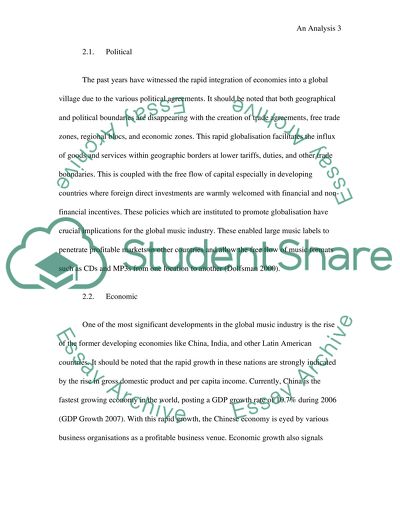Cite this document
(Analysis of the Current Market Situation in the Global Recorded Music Research Paper, n.d.)
Analysis of the Current Market Situation in the Global Recorded Music Research Paper. Retrieved from https://studentshare.org/music/1522000-recorded-music-industry
Analysis of the Current Market Situation in the Global Recorded Music Research Paper. Retrieved from https://studentshare.org/music/1522000-recorded-music-industry
(Analysis of the Current Market Situation in the Global Recorded Music Research Paper)
Analysis of the Current Market Situation in the Global Recorded Music Research Paper. https://studentshare.org/music/1522000-recorded-music-industry.
Analysis of the Current Market Situation in the Global Recorded Music Research Paper. https://studentshare.org/music/1522000-recorded-music-industry.
“Analysis of the Current Market Situation in the Global Recorded Music Research Paper”, n.d. https://studentshare.org/music/1522000-recorded-music-industry.


